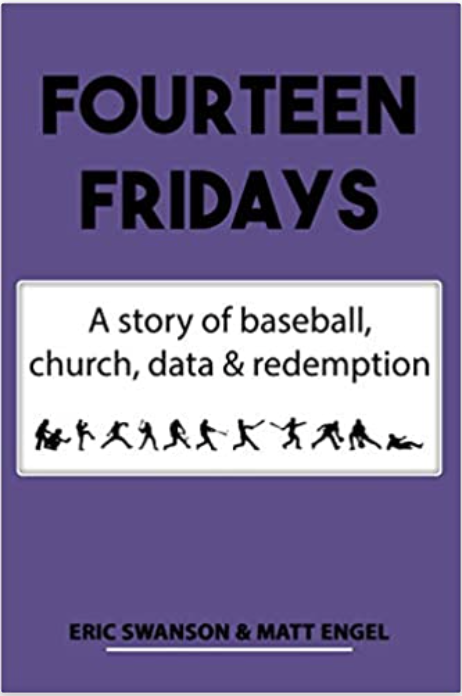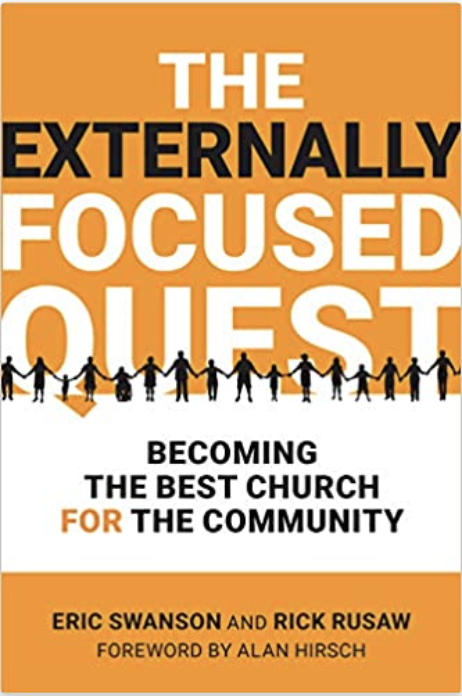Genius and “Trading Places”
 In 1921 Lewis Terman, from Stanford University and creator of the Stanford-Binet IQ test, put together a team of researchers were sent out to administer IQ tests to some 250,000 children in California’s elementary schools. Those who scored in the top 10 percent were given a second IQ test and those who scored above 130 were given a third IQ test. The result was that he identified 1,470 children whose IQ scores averaged 140 and ranged as high as 200. Average IQ is around. Terman was convinced that those with the highest IQ should be the best people to advance science, art, education and social welfare (p. 75 Gladwell 2008). With much anticipation he tracked their progress. In middle adulthood Terman measured the progress of 730 of the men. He divided them into three groups—As, Bs, and Cs, along a bell curve. The top 20 percent (or A group) were the success stories of his study. 90 percent of these folks graduated college and of that group 98 percent had graduate degrees. The middle 60 percent (the B’s) were those who were doing “satisfactorily.” The bottom 150 (the C’s) were those who did least with their superior mental ability. They were postal workers, book keepers and those who could not keep a job. “One third of the Cs were college dropouts. A quarter only had a high school diploma, and all 150 of the C’s…had together earned a grand total of eight graduate degrees” (p. 111). Puzzled between the disparity between the As and the Cs he concluded that only one variable mattered: family background.
In 1921 Lewis Terman, from Stanford University and creator of the Stanford-Binet IQ test, put together a team of researchers were sent out to administer IQ tests to some 250,000 children in California’s elementary schools. Those who scored in the top 10 percent were given a second IQ test and those who scored above 130 were given a third IQ test. The result was that he identified 1,470 children whose IQ scores averaged 140 and ranged as high as 200. Average IQ is around. Terman was convinced that those with the highest IQ should be the best people to advance science, art, education and social welfare (p. 75 Gladwell 2008). With much anticipation he tracked their progress. In middle adulthood Terman measured the progress of 730 of the men. He divided them into three groups—As, Bs, and Cs, along a bell curve. The top 20 percent (or A group) were the success stories of his study. 90 percent of these folks graduated college and of that group 98 percent had graduate degrees. The middle 60 percent (the B’s) were those who were doing “satisfactorily.” The bottom 150 (the C’s) were those who did least with their superior mental ability. They were postal workers, book keepers and those who could not keep a job. “One third of the Cs were college dropouts. A quarter only had a high school diploma, and all 150 of the C’s…had together earned a grand total of eight graduate degrees” (p. 111). Puzzled between the disparity between the As and the Cs he concluded that only one variable mattered: family background.
Another sociologist, Annette Lareau, conducted a study with a dozen third graders and their families—black and white, rich and poor. Each of Lareau’s researchers visited each family a minimum of twenty times for hours at a stretch. They followed them around to doctor’s appointments, soccer games, school conferences, and to church with a tape recorder and notebook in hand. What Lareau discovered was that there were “only two parenting “philosophies,” and they divided almost perfectly along class lines. The wealthier parents raised their kids one way, and the poorer parents raised their kids another way” (p. 102). The wealthier parents, in contrast to the poorer parents were heavily involved in their children’s free time, they talk things through with their children. They expect the children to negotiate and talk back with them. They are advocates for their children in sports and school. The result is that a “heavily scheduled middle class child is exposed to a constantly shifting set of experiences. She learns teamwork and how to cope in highly structured settings. She is taught how to interact comfortably with adults, and to speak up when she needs to. In Laureau’s words, the middle-class children learn a sense of ‘entitlement’” (p. 105) By entitlement Laureau means that “they acted as though they had a right to pursue their own individual preferences and to actively man age interactions in institutional settings. They appeared comfortable in those settings; they were open to sharing information and asking from attention. By contrast, the working-class and poor children were characterized by ‘an emerging sense of distance, distrust, and constraint.’ They didn’t know how to get their way, or how to ‘customize’…whatever environment they were in, for their best purposes.” (p. 105).
What can we make of all this? Those who study poverty conclude that there is a “mindset” of poverty that keeps people in a cycle of poverty. Mentoring seems to break that cycle as mentors can bring in not only new thought processes but new relationships into the life of a young person. Now let’s get to Billy Ray Valentine (Eddie Murphy) in the 1983 film “Trading Places.” As in “My Fair Lady,” the Duke brothers, who are commodities traders, place a bet on whether or not they can reform a common street hustler, Billy Ray. Turns out they could.









Pingback : MePregnant